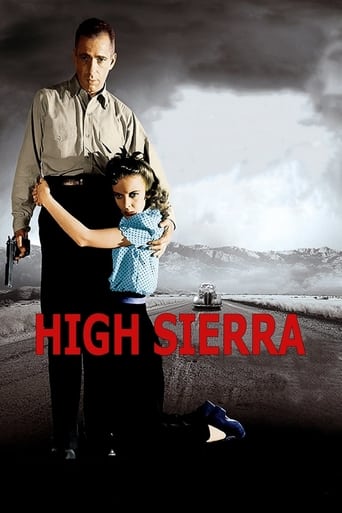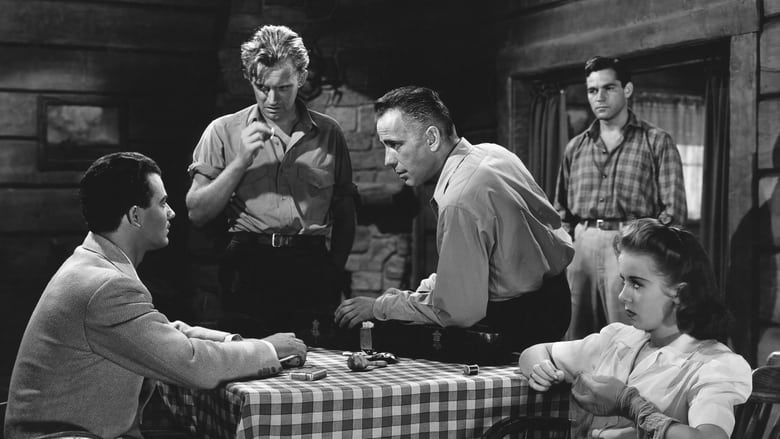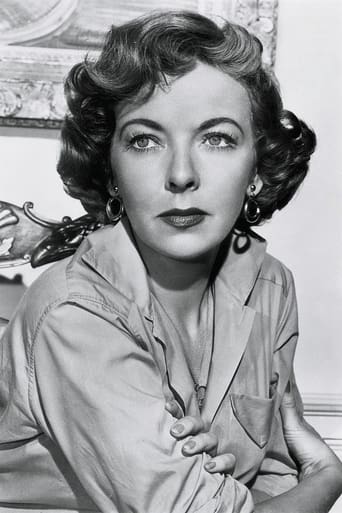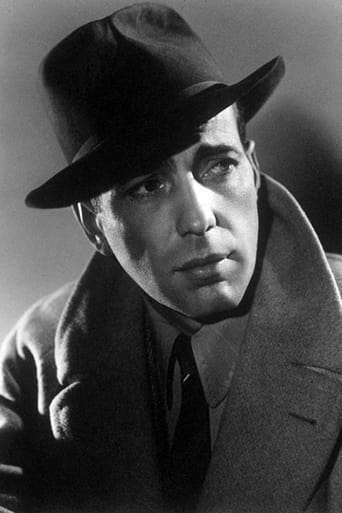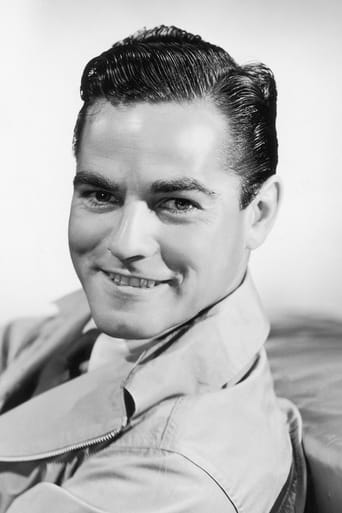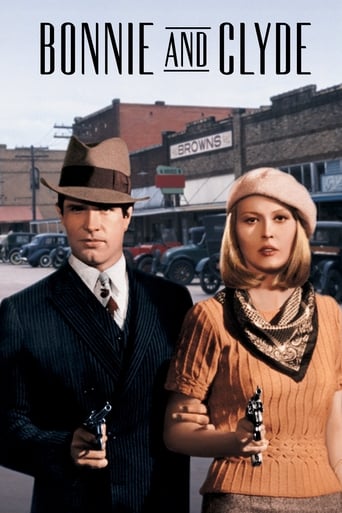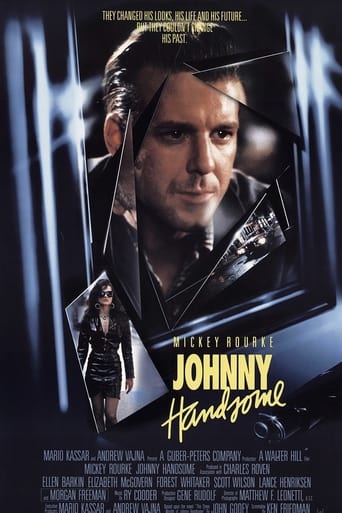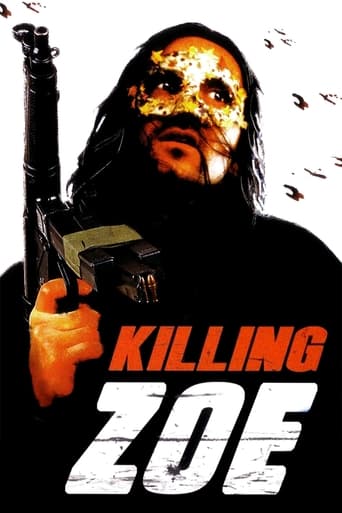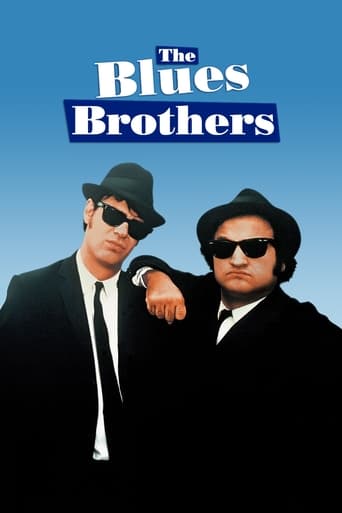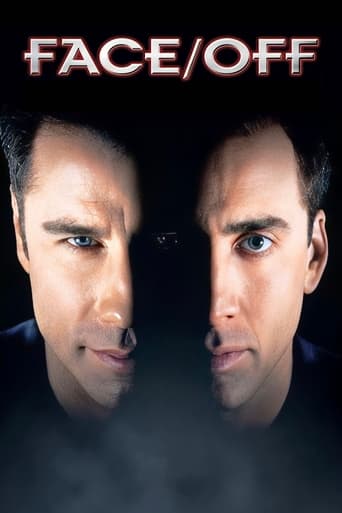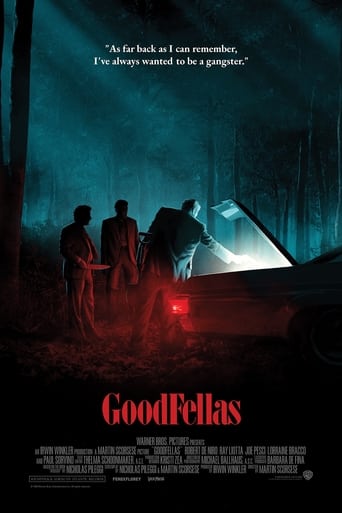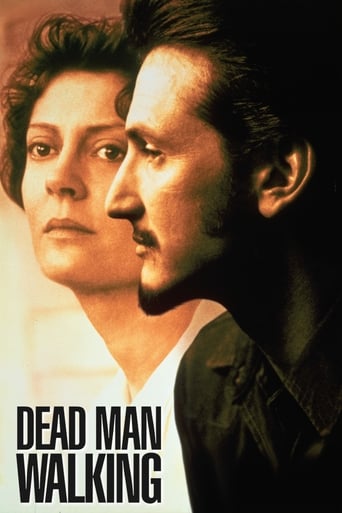High Sierra (1941)
Given a pardon from jail, Roy Earle gets back into the swing of things as he robs a swanky resort.
Watch Trailer
Cast


Similar titles
Reviews
One of my all time favorites.
Good , But It Is Overrated By Some
At first rather annoying in its heavy emphasis on reenactments, this movie ultimately proves fascinating, simply because the complicated, highly dramatic tale it tells still almost defies belief.
The plot isn't so bad, but the pace of storytelling is too slow which makes people bored. Certain moments are so obvious and unnecessary for the main plot. I would've fast-forwarded those moments if it was an online streaming. The ending looks like implying a sequel, not sure if this movie will get one
"High Sierra" was the film that finally made a star of Humphrey Bogart, 5 years after he first signed up with "Warner Bros." Bogart excels as the bandit "Mad Dog" Roy Earle, as the character is more of a complex one than any the actor had played up until that stage. It came down to a bit of luck, in Humphrey Bogart securing the leading role. Paul Muni had been offered it but he had been given a different script to look over. After the script was re- written to suit Muni, he still said no and it was final (personally, I reckon he was leading the studio on a merry dance by wasting their time). Next, George Raft was considered for the role of Earle. During this time, Raft was unhappy with what was being offered him by "Warner Bros" and this included the "High Sierra" movie. Rather secretly, Bogart managed to persuade Raft not to do the film as it was just another gangster picture. The reason he did this, was so Bogart could be cast as he was interested in the film from the time the studio gave it the green light! In other words, Bogart won the role by default. He is playing the character of Earle with a lot more shading than he did with other similar characters. Earle is tough and dangerous but he is also capable of displaying humane qualities. He is more business-like in his life of crime and doesn't indulge in sadism or evil for its own sake. He has weaknesses like anyone else and this comes in the form of falling for a girl during the plot (Joan Leslie in her first major film). He befriends the moll of the gang who plan to rob a local health resort (Ida Lupino) and she becomes Earle's companion when the police give chase. The screenplay is a fine one, it is something that any typical actor can get his/her teeth into. The acting honours go to Bogart and Lupino but there is good support from Henry Hull, Arthur Kennedy and Barton MacLane. Raoul Walsh's direction is amongst his very best, he keeps the narrative tight and free of any unnecessary subplots. Everything about "High Sierra" falls into place just right. I was hoping for a bit more action but it doesn't matter. I enjoyed the scene where Bogart demonstrates how quickly a man can die from a tommy gun! The car chase scene adds to the climax, which carries with it some suspense. The film has a lot of location work and that is a big advantage. Humphrey Bogart was on his way to stardom.
Sickly Big Mac has planned a big score and paid top dollars to get a governor's pardon for his imprisoned compatriot Roy Earle (Humphrey Bogart). Roy is released and drives to a Californian mountain fishing camp to join his crew, Red and Babe. Babe had picked up dance hall girl Marie (Ida Lupino). Louis Mendoza is the inside man at the hotel. Roy tries to kick out Marie but she convinces him to let her stay. Roy befriends crippled Velma (Joan Leslie) and her grandfather (Henry Travers) who are traveling to LA from their foreclosed farm.This tries a little too hard to humanize Roy with the hard-scrabbled family. The character has grown out of his Mad Dog nickname. The action and the story could be harsher and grittier. Despite some softer round corners, Bogie is Bogie and he makes this good. He is magnetic and this solid crime drama becomes better.
The film that elevated Humphrey Bogart from Hollywood hoodlum to romantic lead, "High Sierra" deserves respect. It's not his greatest role, or that entertaining a film, but it works insofar as director Raoul Walsh gives his star all the right support to cement a winning impression.Bogie is still a hood in this one, but one with a heart. Roy Earle is a tough-luck robber who wants to go straight but needs one last big heist for a sick old man who got him sprung from prison. Problems accrue. His partners in crime are neither smart nor reliable, and a woman named Marie (Ida Lupino) gets stuck on him to the detriment of both. There's even a dog with a record of bringing bad luck to his minders who attaches himself to Earle.All this works sometimes. It brings out a riveting performance from Bogart, whose ticks and melancholy spirit feel utterly right. You pull for him despite the fact he's not presented to us as anything other than a Hays Code baddie, even calling out one handler for being an retired policeman ("A copper's always a copper"). People talk about this being the beginning of film noir, and while Bogie previously played an anti- hero up against a bitter destiny in "Black Legion," this is really establishes that up-against-the-system vibe for later film use.The problem with the film is how much it plays things on the nose. Right from the start, Earle is established as a guy who likes his freedom when he directs his driver to make a stop at a nearby park. Asked if he's alright, he answers: "I will be, just as soon as I make sure grass is still green, and...trees are still growin'."Later, we watch Earle have a nightmare which amounts to a soliloquy, complete with him making punching motions in his sleep. Writers John Huston and W. R. Burnett, working from Burnett's novel, have the bones of a fine story, but clutter it too much with moments like this. A black character played by Willie Best is brought in to do some crosseyed servile shtick that comes over even more lame in such an otherwise serious flick.Then there's the sweet family with the pretty daughter Velma (Joan Leslie) whom Earle befriends, which slows down the heist story to a crawl. Earle sees in Velma reason for a clean start in life, but cruel circumstance works against him yet again. (Some reviewers here are aghast at the age gap between the middle-aged Bogart and the teenager Leslie. Better not tell them about her and Cagney the following year in "Yankee Doodle Dandy"!) The Velma arc just goes on too long, and plays like a bad joke.But even the weak moments are worthwhile with Bogie at the center of things. In the last scene with Velma, the weakest scene in the movie, there's a moment when Marie bursts in and Earle shoots her the most marvelously murderous look. It's pure Bogart.That's the best that can be said of "High Sierra." Lupino merits interest less for her performance, which is serviceable, but for the way her character is introduced and hangs on with Earle like a proto-Bonnie Parker. She shouldn't have been credited above Bogart, but the story is really as much about her character as his.It's also a treat having come off a Budd Boetticher kick to find myself back on his stomping grounds, Lone Pine and the Alabama Hills around Mount Whitney, served up this time in glorious black and white. The scenics by cinematographer Tony Gaudio impress even when they don't try to grab your attention, and give this pre-noir a deceptively sunny sheen."High Sierra" is worth recommending, to Bogie fans and noir enthusiasts especially. This isn't where it all began for the actor or the genre, but it's where it reached a new height, even if it would prove a mere stepping stone for things to come.
I believe a serious study should be made about how deceiving this film is.we're meant to root for a bank robber even as he plans one last heist, in the process lamenting the film noir crook, while no reason is given why we should.nostalgia for older, simpler times, presumably when his type could freely roam the open prairie, on the other hand no one forces his type to hold-up banks.there is a crippled young girl that Roy helps out, a very decent farm girl, only to turn bitchy and petulant when her leg is fine, and of course suddenly there is a loving boyfriend who wants to pay back Roy for the medical costs, if so why didn't he take care of that all this time?a heroic last stand against police and the modern world, high up in the stark Sierras, on the other hand a cop is shot in passing and no one thinks twice about it.The problem here, as you may have gleaned, is not the amoral world, that is fine and expected from noir, even though the film comes at the start of the cycle when there wasn't any solid genre as we know it now. I'm sure the film was conceived as a gritty crime flick, typical Warner bros, the twist being that it will be told using codas from the western. The innovation is that those codas are about the passing of the West, something the western was not going to pick up until the late 50's at least.The problem is the tear-jerking sentimentality applied on noir cosmology; small human beings at the mercy of cruel gods, this is rendered as Roy being sprung from prison, given a new lease of life, but only to serve the heist.Now traditional western heroes had a mean streak in them but were basically decent human beings, so if the film rhapsodized their passing, that was okay, they were the kind of man you'd like to be or call a friend. Later in Italian westerns they were amoral scoundrels who maybe did the right thing because it was on their way to money, but Italian westerns were never sentimental about their exploits.But you can't be emotional about the noir schmuck, you can't arrive at conclusions for us. My opinion is that one has to push his understanding beyond the level of fates, beyond immediate chaos on the human level, that some of us are born bad and only rushing towards death, and grasp mechanisms that control these things. The film grasps little.On the other hand, you might want to see the classic finale, with our hero surrounded by landscape that reflects him, harsh, barren, proud, while down below watches the audience, of course expecting violence and tragedy.

